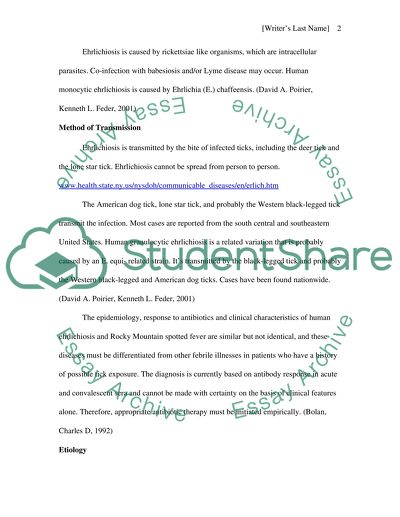Cite this document
(“Human Ehrlichiosis Essay Example | Topics and Well Written Essays - 1250 words”, n.d.)
Human Ehrlichiosis Essay Example | Topics and Well Written Essays - 1250 words. Retrieved from https://studentshare.org/health-sciences-medicine/1508663-human-ehrlichiosis
Human Ehrlichiosis Essay Example | Topics and Well Written Essays - 1250 words. Retrieved from https://studentshare.org/health-sciences-medicine/1508663-human-ehrlichiosis
(Human Ehrlichiosis Essay Example | Topics and Well Written Essays - 1250 Words)
Human Ehrlichiosis Essay Example | Topics and Well Written Essays - 1250 Words. https://studentshare.org/health-sciences-medicine/1508663-human-ehrlichiosis.
Human Ehrlichiosis Essay Example | Topics and Well Written Essays - 1250 Words. https://studentshare.org/health-sciences-medicine/1508663-human-ehrlichiosis.
“Human Ehrlichiosis Essay Example | Topics and Well Written Essays - 1250 Words”, n.d. https://studentshare.org/health-sciences-medicine/1508663-human-ehrlichiosis.


